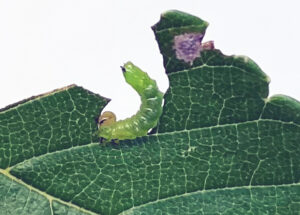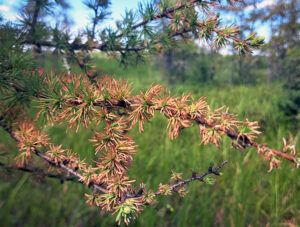By Paul Cigan, DNR Forest Health Specialist, Hayward
Paul.Cigan@wisconsin.gov or 715-416-4920
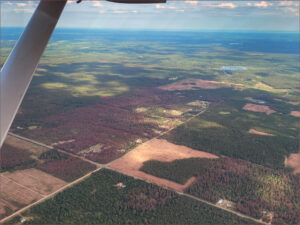
Aerial view of jack pine budworm defoliation in jack pine stands in Douglas County during the 2023 outbreak. / Photo Credit: Paul Cigan, Wisconsin DNR
Jack pine defoliation caused by the jack pine budworm (JPBW) continued at mostly light levels this year, affecting stands in the Central and Northwest Sands Ecological Regions of Wisconsin.
In the Northwest Sands, jack pine stands experienced light and scattered defoliation across Burnett, Douglas, Polk and Washburn counties. In the Central Sands, JPBW caused moderate to heavy defoliation across roughly 500 acres of jack pine on county and state forests in Jackson County, east of Black River Falls.

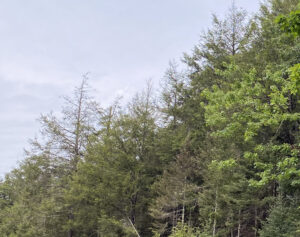


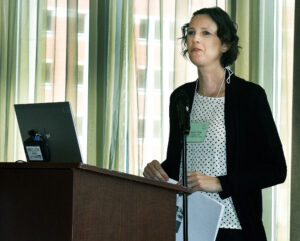
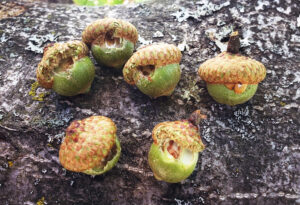
 When it comes to fighting invasive plants,
When it comes to fighting invasive plants, 